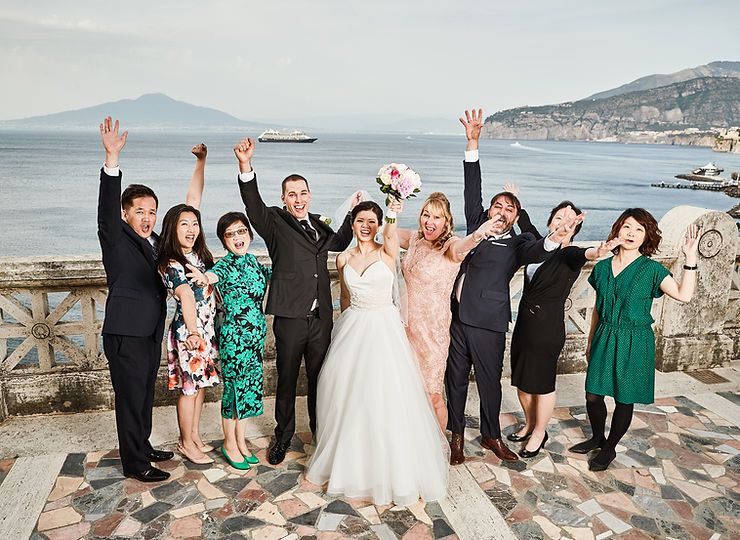Many couples find themselves overwhelmed by wedding details. High on that list is who to invite, and more importantly, can you afford to invite them? If your growing guest list is filled with obligatory gestures, you might want to rethink your approach. Fortunately, having a destination wedding does most of the weeding out for you since accepting such an invitation comes with a considerable expense to attendees, especially if they have children, and so, only those with whom you have a close relationship are likely to attend. One approach to the list edit dilemma, is to create tiers.
Sharon Naylor, author of 1001 Ways To Save Money . . . and Still Have a Dazzling Wedding suggests that once you have written out a draft of your complete list, you place each guest into a relationship category. The first tier consists of essential family members (grandparents, siblings, uncles, first cousins); the second, close friends and extended family (second cousins); the third, colleagues and other friends. When you know how many guests you can afford, start cutting the list from the bottom tier up.



